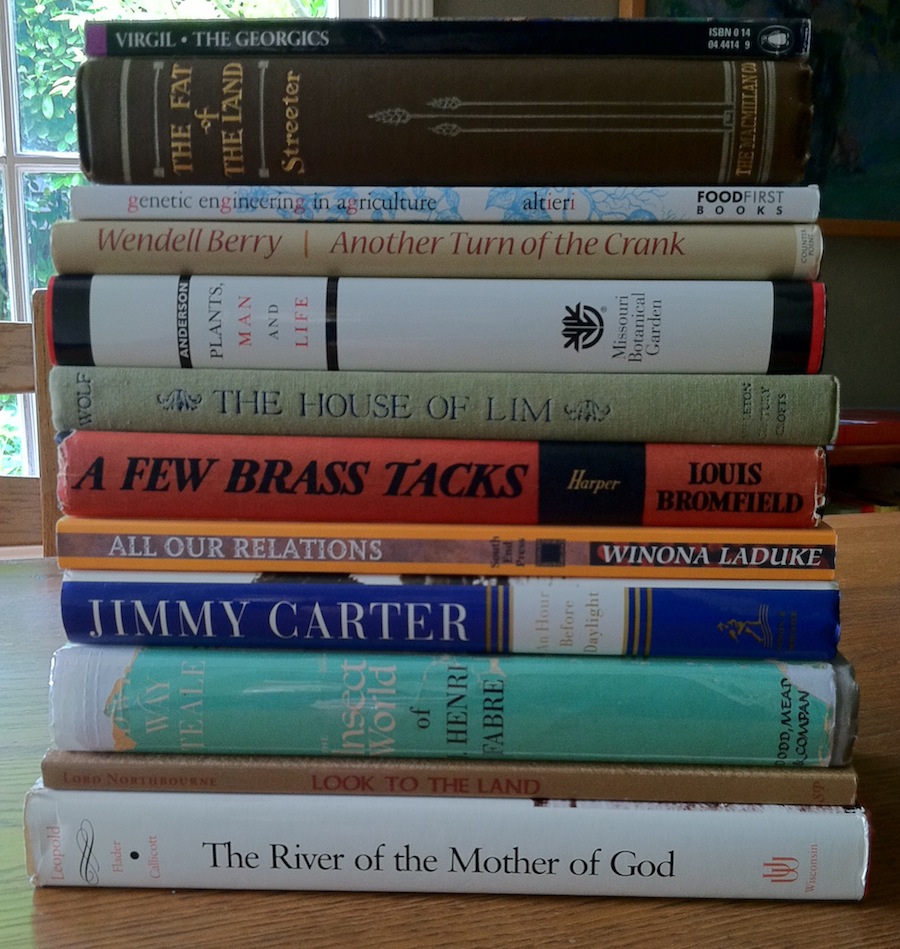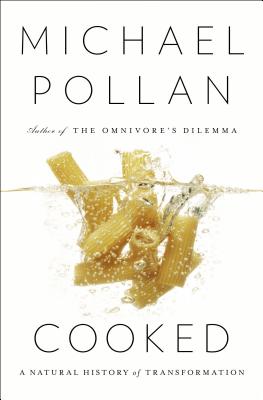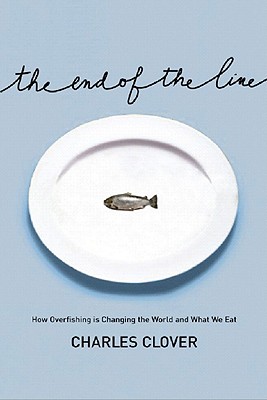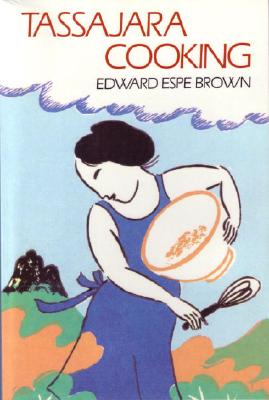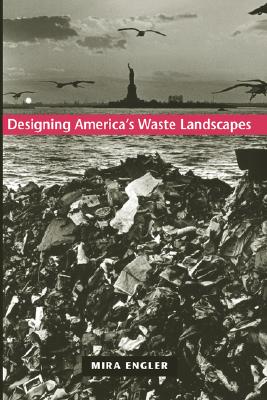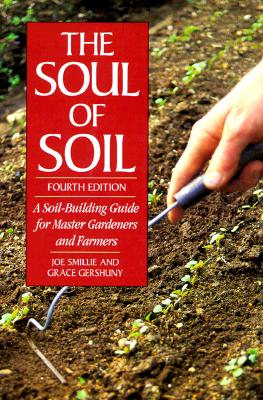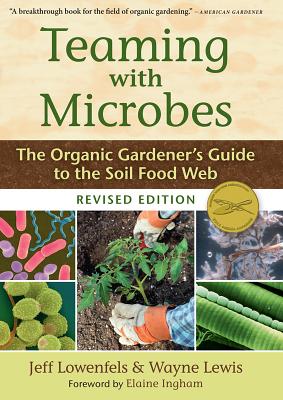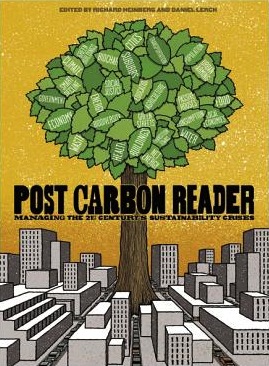Your Summer Reading List
We’ve raided the shelves of the Kailing library to create a list of books that cover a wide range of topics and represent thinking separated by thousands of years. These books are centered on the relationship we have with the earth and each other, with our communities and surrounding ecosystems, with the plants and animals around us, and with the food we eat.

